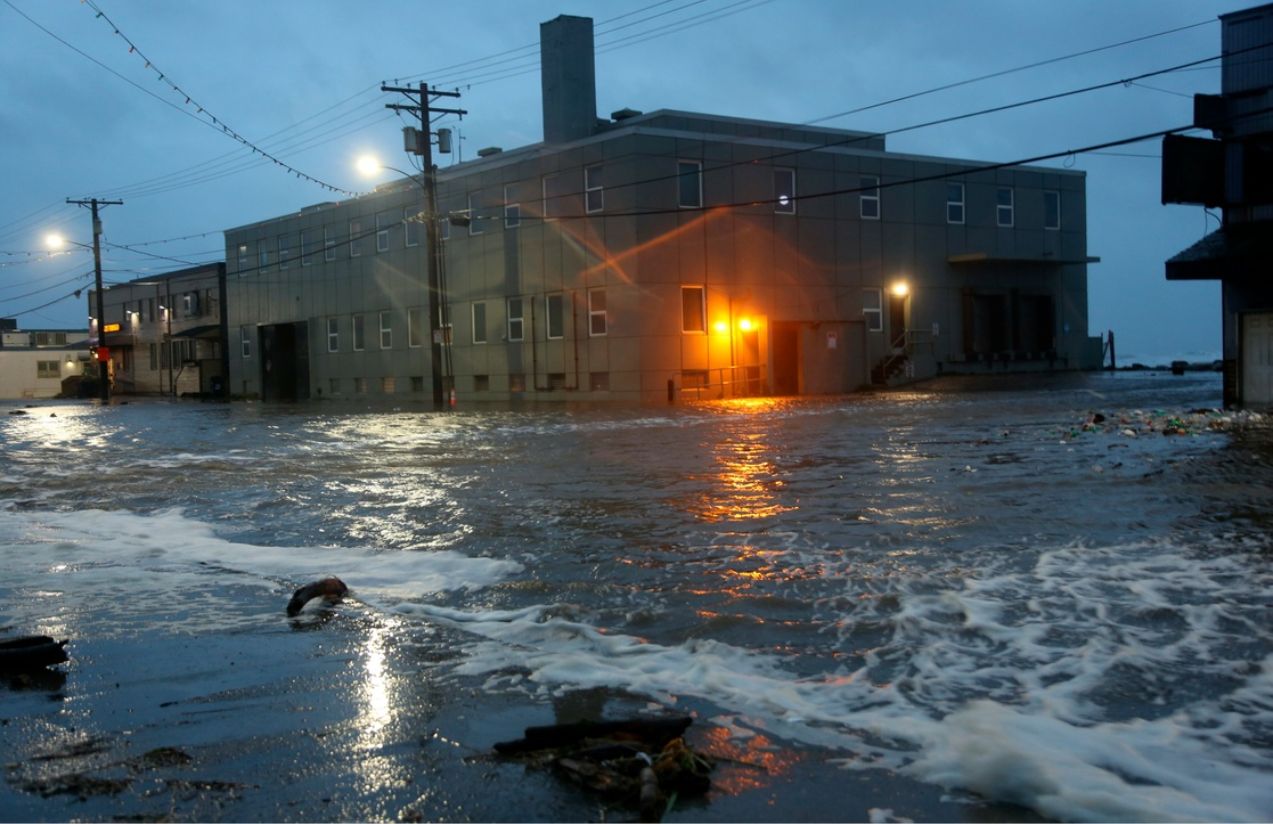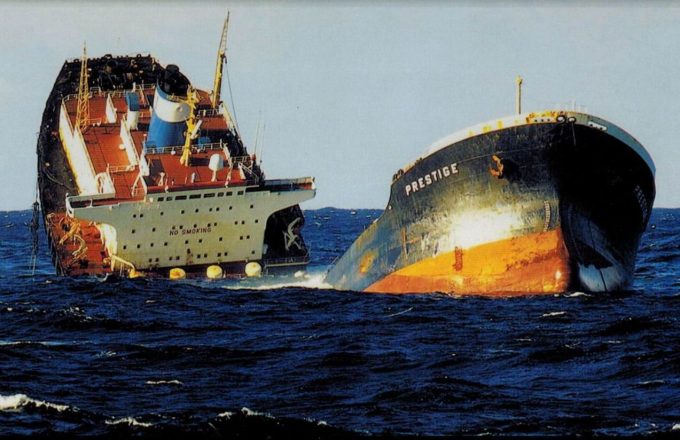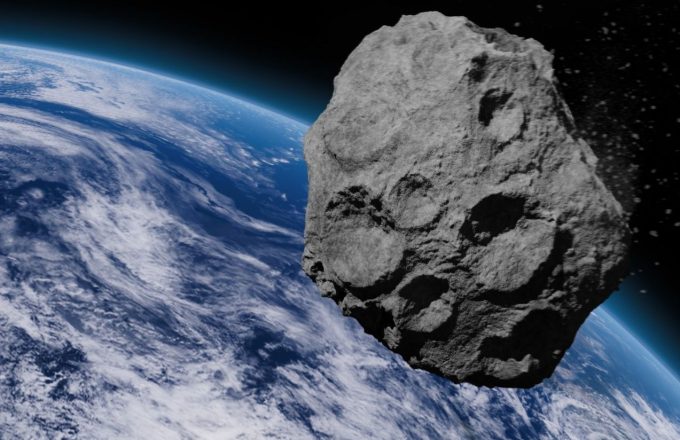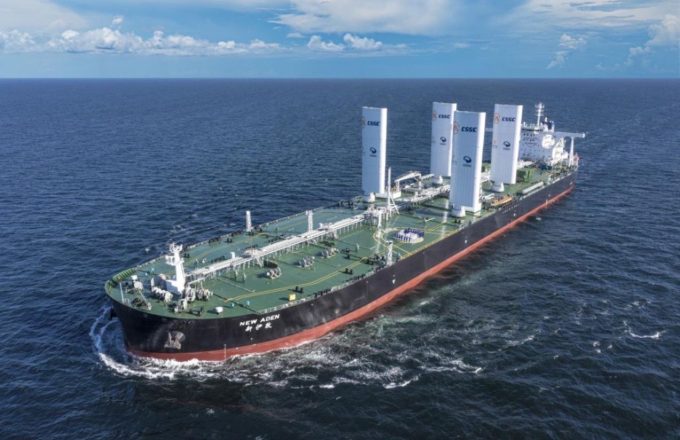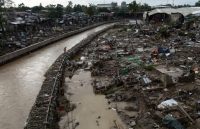Recently, a powerful storm struck the western region of Alaska, leaving at least one person dead and dozens rescued, while emergency teams continue searching for the missing. The force of the phenomenon left communities isolated, caused severe infrastructure damage, and rendered roads impassable, prompting evacuations and urgent rescue operations.
The harsh climate conditions in the region, extreme cold and unpredictable weather, have complicated rescue efforts and threaten to worsen the toll of affected victims.

¿Why could a single storm cause so much destruction?
Storms at that latitude combine multiple factors: hurricane-force winds, heavy snowfall, and blizzards that drastically reduce visibility, multiplying their destructive power. In many cases, the region’s remote terrain and limited warning systems make a quick and effective response difficult.
This emergency highlights the fragility of communities exposed to natural disasters and the urgent need to strengthen prevention and response protocols in remote areas of Alaska like the one affected.


